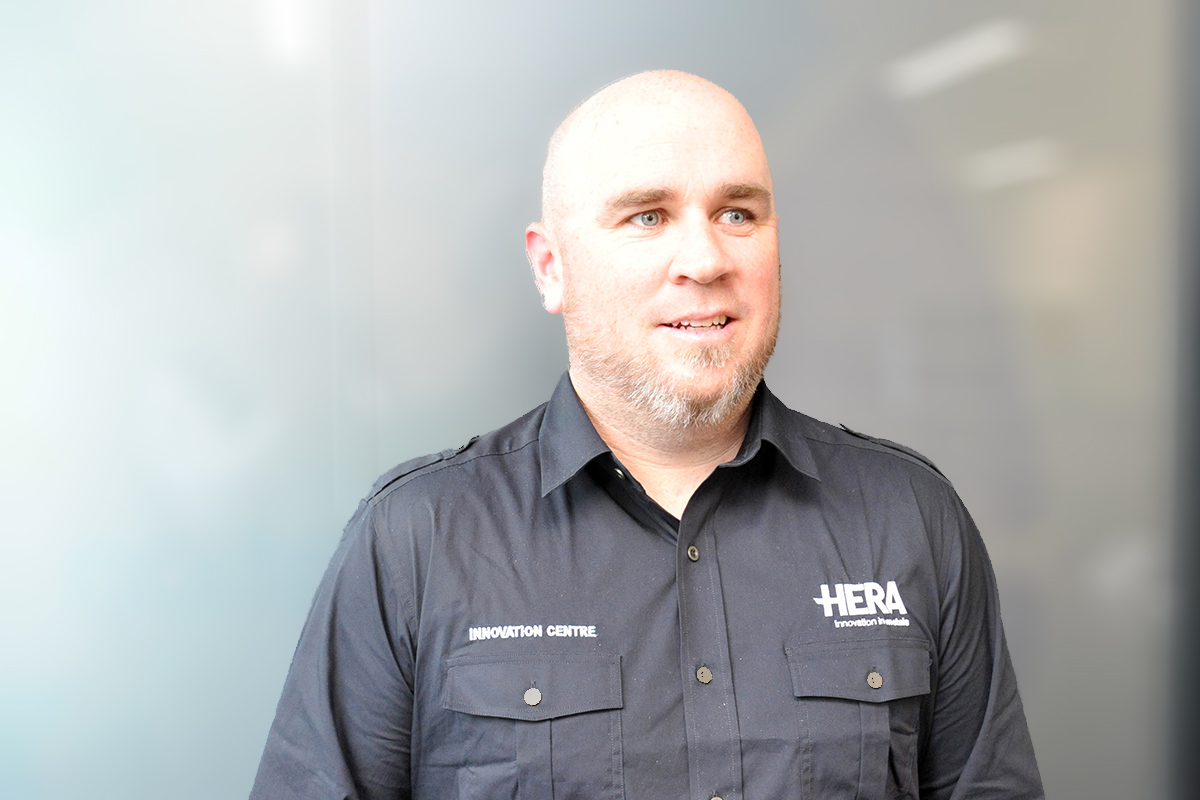Motivational Speaker Simon Sinek set the business world alight years ago when he first floated the golden circle concept. The notion that at the heart of successful business was an overwhelming articulation of their why.
Jump forward seven or so years and add in a healthy dose of technological advancement – the resulting shift in customer (and employee) expectations has organisations large and small scrambling to properly articulate their own answers to the ‘why’ question too.
So how do you do it?
What’s the process? The special sauce? And, how do you get outside the plane while it’s still flying, to look and remember why on earth you built it in the first place?
The answer is content. More specifically – podcasting.
We’ve held an incredibly transactional view of content in business for such a long time where the output or purpose has dulled the learnings that can be derived from the process (arguably the most valuable element of the exercise).
Yes, the output is a valuable part of the ‘return on investment’ (ROI) equation when engaging in content production. But (and a large one at that), it’s by no means the only part.
The process in the age of ‘why’, plays an even bigger part of the ROI equation.
Why podcasting is the answer
A microphone, software to record, and a couple of questions to kick the conversation off is incredibly confronting.
It calls ‘hogwash’ when platitudes or politically correct ideologies bubble to the surface of a conversation.
It’s raw, yet equally affirming. And, somehow it shines a giant spotlight on why your people do what they do.
As the producer of podcasting content, you also get to choose how and when the content is distributed. With this in mind, the flexibility of use for this content is endless! You can keep it tight and share it internally only – such as with your leadership team. Conversely, you could go a little wider to the whole organisation or industry owning a topical conversation. Inevitably – you could end up producing content gold and take it to the world!
Such transparent communication is important. The world over many companies state ‘transparency’ as their core value – and there is a reason for it. By definition, a transparent work culture is where employees communicate openly with peers and customers to exchange ideas and value. A move, that gradually builds trust and pride.
It’s about involving everyone in the business journey and giving visibility of what the company is about, and what your vision is. Gone are the days where you hold your cards close to your chest. The proliferation of data means that doing so can be detrimental to trust levels.
So podcasting sounds great – but how to I get started?
The great thing is, when process is your key driver in the ROI on content production, you’re creating value for your business the second your mouth opens.
It’s this outcome that has seen HERA place value on the development of an in-house media room – Putatara. Our goal? To ensure you have a facility that you can utilise to get your messaging out and support your business development initiatives to remain relevant in a highly competitive market.
We recognise that the most innovative companies combine selective transparency with strong ideology about the nature of their business. In other words – they build and validate their work with a well-defined group of employees that bring value to the end user, and they share this openly so that their end users know it.
Our team is on standby to help you carve out a strong communications strategy so you can connect with your key stakeholders. We also hope this will lead to a stronger industry that Kiwi’s can relate to – by sharing our heart story, our innovation, our people, our purpose.
In time like these, where COVID-19 has completely disrupted our business as usual – investing in a digital strategy is no longer a nice to have, but a must have!
If you’re interested to find out more, or be part of this amazing initiative, feel free to get in touch with me! Email greg.buckley@hera.org.nz or call on +64 21 996 794.

